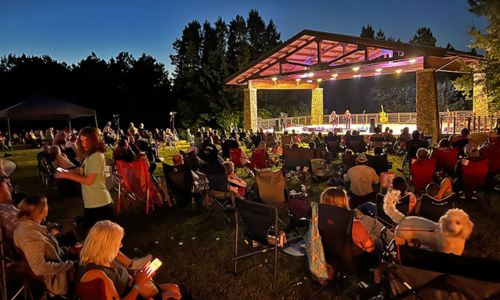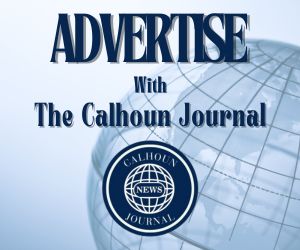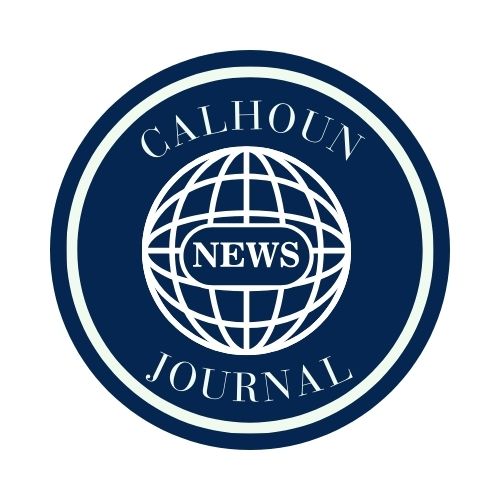Jacksonville, AL – When the idea of designating Little River Canyon as part of the National Park Service (NPS) was first floated, many considered it far-fetched. At the time, much of the land was owned by Alabama Power Company (APC), with scattered parcels across DeKalb and Cleburne counties. The hurdles of bringing together different stakeholders for a shared cause seemed insurmountable, and opposition was strong. Some local residents expressed their disapproval by posting signs that read, “Keep out NPS” and “National Park NO!”
Despite the opposition, momentum began to build through an unlikely but powerful partnership among residents, environmentalists, civic leaders, Jacksonville State University (Jax State), Alabama Power Company, and local government officials. Together, they navigated the political and public challenges, working toward a shared vision for Little River Canyon.
Jax State’s Pete Conroy, along with APC Vice President Charles McCrary and others, were invited to testify before Congress. Despite resistance from certain congressional members and outside organizations, they gained critical support from U.S. Congressman Tom Bevill and U.S. Senator Richard Shelby, which ultimately paved the way for the preserve’s creation.
On April 19, 1995, the dream became a reality when Little River Canyon National Preserve was officially announced in a ceremony on the canyon’s rim. The event attracted national attention, drawing supporters from across the country, including country music star Randy Owen, National Park Service officials, and countless community members.
At the time of the announcement, Conroy had testified to Congress in 1992, predicting that Little River Canyon had “nearly endless potential for the establishment of the nation’s cleanest and most profitable industry: tourism.” The bold claim proved true, though few could have anticipated just how significant the economic impact would become.
According to recent National Park Service studies, Little River Canyon National Preserve has generated substantial economic output over the years. In 2012, the preserve’s impact was recorded at over $10 million, jumping to more than $50 million by 2019. By 2021, with the surge in outdoor activity during the COVID-19 pandemic, the figure exceeded $76 million. As of the latest report, the preserve’s economic contribution has settled at $64.2 million annually. Since 2012, the total economic output from the preserve has reached a staggering $479 million.
“Jax State and the National Park Service have been proud partners, working with regional leaders to maximize our value,” Conroy said. “The assistance we received from the Alabama Power Company was absolutely foundational to our success, and I hope that next year, we can all have a big party and celebrate another milestone, marking 30 years since that ceremony on the rim in 1995.”
As the preserve approaches its 30th anniversary, the story of Little River Canyon serves as a testament to the power of collaboration, resilience, and the lasting impact of protected natural spaces. What began as a “crazy idea” has since transformed into a thriving economic and environmental success, benefiting not only the region but the entire state of Alabama.












